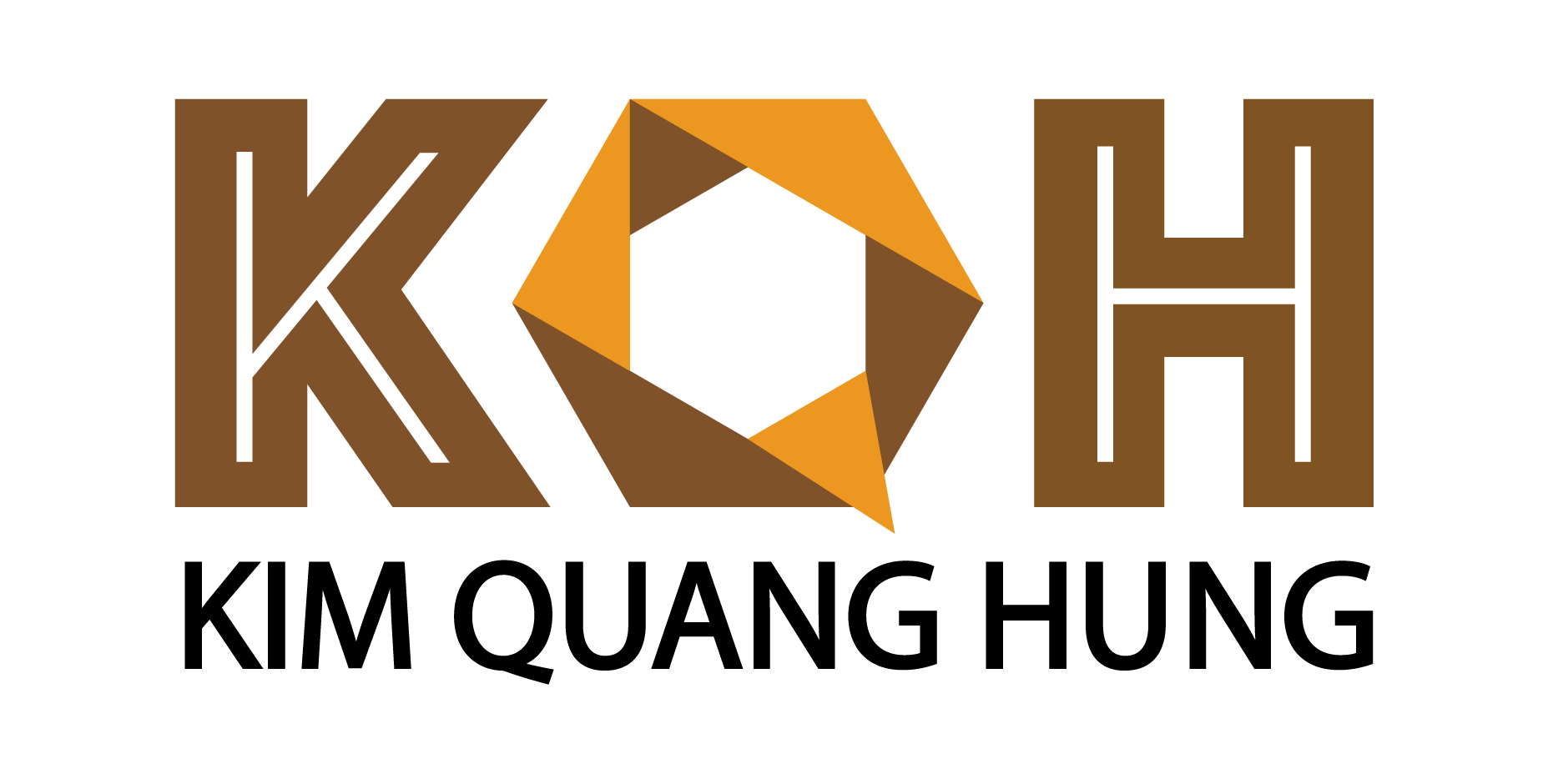Content
This is the amount that compensates the investor for taking the risk of investing in the company . The cost of equity can be helpful for companies that are looking to raise funds. For example, a company with a low cost of equity should be able to raise equity rather easily than one with a high cost of equity. Current Market Value of Stock- The divisor in the formula is the stock’s market value. This is simple and can be picked up from the stock market quotes. While reviewing balance sheets and other financial statements can help answer this question, a firm grasp of financial concepts—such as cost of capital—is critical to doing so. For each additional increment of risk incurred, the expected return should proportionately increase.
- The computed COC will use in investment appraisal as the discount rate.
- This assumption allows for valuation without attempting to guess about these figures.
- Preference shares are also part of the company’s source of financing.
- Beyond cost of capital’s role in capital structure, it indicates an organization’s financial health and informs business decisions.
How to Invest in Stocks Are you ready to jump into the stock market? A company with a high beta implies increased risk and higher volatility relative to the overall market (i.e. greater sensitivity to market fluctuations). The common source of criticism is most often related to beta, as many criticize it as a flawed measure of risk. But if that company were to have a beta of 2.0, it would expect a return of 20% assuming the market had gone up by 10%. Free Financial Modeling Guide A Complete Guide to Financial Modeling This resource is designed to be the best free guide to financial modeling! Debt is often secured by specific assets of the firm, while equity is not. This value is typically the average return of the market over a specified period of time .
The formula for Cost of Equity using CAPM
The downside of the dividend capitalization model—despite being simpler and easier to calculate—is that it requires that the company pays a dividend. Using the average and a mix of short and long-term betas will get a nice range of numbers and a little more stable beta to use for our cost of equity formula. How long the cash flow time horizon is, and how long the investment will last. Another bonus for debt shareholders is interest expense is tax-deductible, helping reduce the cost of debt even further. Debt investors have the same expectations of a return, along with a premium for a possible default on the debt. Required – Calculate the weighted average cost of capital for this entity. Historic growth – you can analyze the past trends and determine the growth rate of a dividend.
Recommended U.S. Equity Risk Premium and Corresponding Risk-Free Rates – Kroll
Recommended U.S. Equity Risk Premium and Corresponding Risk-Free Rates.
Posted: Sat, 22 Jan 2022 15:39:02 GMT [source]
In other words, the cost of capital is the rate of return that capital could be expected to earn in the best alternative investment of equivalent risk; this is the opportunity cost of capital. However, for projects outside the core business of the company, the current cost of capital may not be the appropriate yardstick to use, as the risks of the businesses are not the same. CAPM is often used by accountants and financial analysts to derive the cost of shareholder’s equity.
CAPM Formula
Ex-dividend share price can be calculated taking the present value of future dividend earnings. However, we assume that the dividend growth rate is constant for perpetuity. One tool that finance professionals use to calculate the return that an investment should bring is the Capital Asset capm cost of equity formula Pricing Model. CAPM calculates a required return based on a risk measurement. To do this, the model relies on a risk multiplier called the beta coefficient. A beta above 1.0 implies a higher risk than the market average, and a beta below 1.0 implies less risk than the market average.
It is advantageous because it is simple to use and fairly accurate over time. However, it carries some drawbacks, such as ignoring non-numerical factors of risk and using unrealistic assumptions that may skew the model’s outcomes. One tool that finance professionals use to calculate the return that an investment should bring is the Capital https://online-accounting.net/ Asset Pricing Model which we will refer to as CAPM for this lesson. To do this, the model relies on a risk multiplier called the beta coefficient, which we will discuss later in this lesson. The beta coefficient of a given stock is the expected percent change in the security’s return, assuming a 1% change in the market portfolio’s return.
Expected return
According to the model, financial markets care only about systematic risk and price securities such that expected returns lie along the security market line. Since investors can eliminate company-specific risk simply by properly diversifying portfolios, they are not compensated for bearing unsystematic risk. Thus an investor is rewarded with higher expected returns for bearing only market-related risk.
- Assumption of a diversified portfolio – Risk aversion is a common trait among investors.
- That is one of the ways that interest rates impact stock investing; as the rates increase, the hurdle rate or discount rate will grow, driving down valuations.
- CAPM has some issues because of the quality of the formula assumptions.
- In addition, it gives investors the ability to profit from company earnings in the form of dividends and vote on actions within the company.
Volatility profiles based on trailing-three-year calculations of the standard deviation of service investment returns. How to Invest in Mutual Funds Mutual funds give investors exposure to lots of different kinds of investments. Get instant access to video lessons taught by experienced investment bankers. Learn financial statement modeling, DCF, M&A, LBO, Comps and Excel shortcuts. First of all, standalone figures of the cost of equity of a company have very less relevance. In general, we can say that the lower it is, the easier the viability of the business will be.
How To Calculate Cost of Equity With Examples
Beyond cost of capital’s role in capital structure, it indicates an organization’s financial health and informs business decisions. When determining an opportunity’s potential expense, cost of capital helps companies evaluate the progress of ongoing projects by comparing their statuses against their costs.
What is risk-free rate in CAPM?
Risk-Free Rate Component in CAPM
The risk-free rate serves as the minimum rate of return, to which the excess return (i.e. the beta multiplied by the equity risk premium) is added. The equity risk premium (ERP) is calculated as the average market return (S&P 500) minus the risk-free rate.
Based on these figures, Company R, with a beta of 0.25, should have a required return of 5.23 or 5.23%. For actual use, the beta coefficients of most companies can be found on financial websites as well as in electronic publications. You can do a quick search to find companies’ beta coefficients. Companies generally provide their beta coefficient on their data summary page. This typically makes them easy to find in an online search, so it is unnecessary to calculate it for the purpose of using the CAPM.
The concept of beta is controversial, and many investors, educators, and professionals consider it a mixed bag as a measure of risk. This marginal cost of capital approach is the calculation of the marginal cut-off rate for acceptable investment projects. If a company undertakes a new investment, it may have a different business risk that of the existing business. Required – Calculate the expected rate of return from the ordinary shares. We can use the above formula to calculate the cost of equity easily. Beta uses data from the past performance of a stock to make future assumptions about its degree of risk and is known to be fairly accurate over time.




